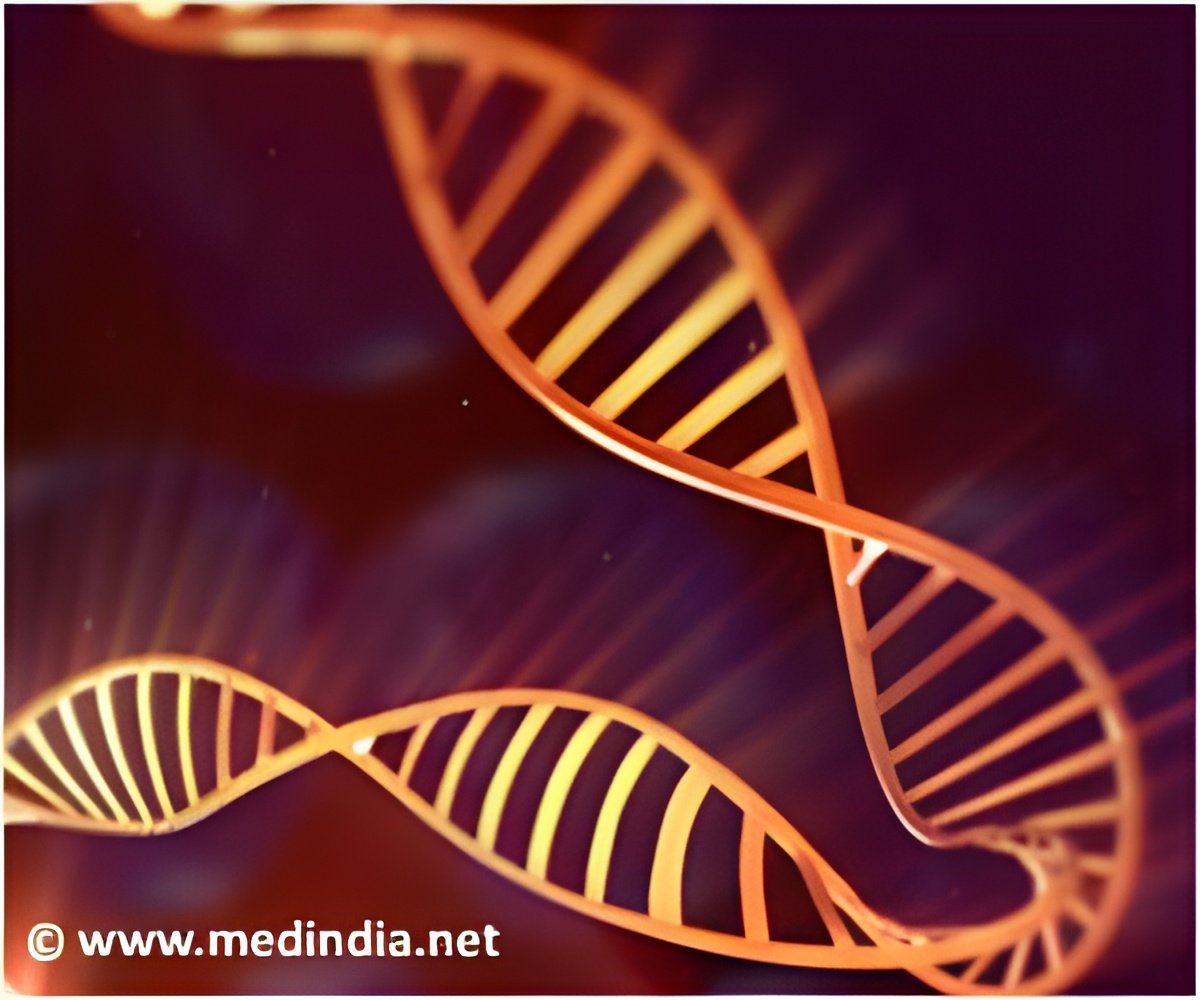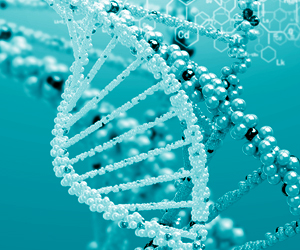
‘Figuring out how salamanders can regenerate dead neurons and body parts may help in the development of new regenerative strategies for humans.’
Tweet it Now
"It will be exciting to figure out how regeneration in the adult organism re-activates embryonic genes," says study leader Professor András Simon at Karolinska Institutet's Department of Cell and Molecular Biology. "What's needed now are functional studies of these microRNA molecules to understand their function in regeneration. The link to cancer cells is also very interesting, especially bearing in mind newts' marked resistance to tumour formation." Even though the abundance of stem cell microRNA genes is quite surprising, it alone cannot explain how salamanders regenerate so well. Professor Simon predicts that the explanation lies in a combination of genes unique to salamanders and how other more common genes orchestrate and control the actual regeneration process.
One of the reasons why salamander genomes have not been sequenced before is its sheer size - six times bigger than the human genome in the case of the Iberian newt, which has posed an enormous technical and methodological challenge.
"It's only now that the technology is available to handle such a large genome," says Professor Simon. "The sequencing per se doesn't take that long - it's recreating the genome from the sequences that's so time consuming."
"We all realised how challenging it was going to be," recounts first author Ahmed Elewa, postdoctoral fellow at the same department. "But the very fact that it was such a challenge made it all the more exciting."
Advertisement
"We showed ten years ago that salamanders can recreate all the cells that die in Parkinson's disease in the space of four weeks," says Professor Simon. "We can now delve deeply into the molecular processes underlying this ability. Although we're doing basic research, our findings can hopefully lead to the development of new regenerative strategies for humans."
Advertisement
Source-Eurekalert









